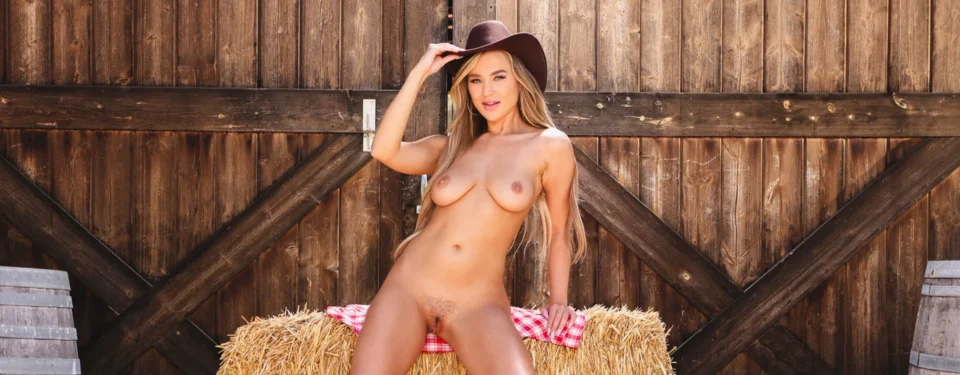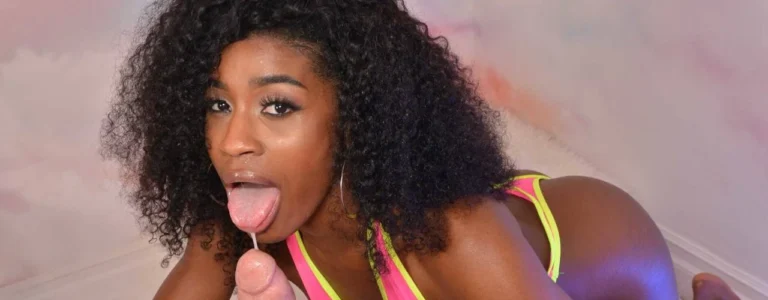In the constantly changing world of glamour and adult modeling, very few titles still carry the same magic as Playboy Playmates. Seventy years after Hugh Hefner turned the idea into a worldwide symbol of sensual freedom, the name still glows with prestige. For models around the globe, being chosen as a Playmate isn’t just a career milestone — it’s an arrival. It signals confidence, artistry, and the ability to captivate in a way that outlasts any trend or algorithm.
A Brand That Learned to Evolve
From the start, Playboy had an uncanny ability to keep up with its era. In the 1960s and ’70s, the Playmate represented rebellion and independence. She was a woman who didn’t apologize for her sexuality, even as the culture around her still tried to keep things quiet. By the time the 1990s rolled in, Playboy had become a global pop phenomenon, linking fashion, celebrity, and entertainment into one seductive world.
In the 2020s, that world has changed again. Playboy now operates at the crossroads of digital influence and modern feminism. Its Playmates aren’t just photographed; they’re heard. They tell their stories, share their passions, and use the platform as a springboard for creative expression. The modern Playmate isn’t a pin-up fantasy. She’s a professional, an entrepreneur, and a brand of her own.
Why the Title Still Means Something
You’d think that in an age dominated by self-run fan platforms and social media fame, a print-era title would have lost its shine. Yet Playboy hasn’t faded — it’s matured. The name still carries weight because it represents something deeper than clicks or followers. It’s legacy.
Being a Playmate is still an invitation into a unique lineage of women who’ve shaped beauty standards and challenged the rules of desirability. It marks a model as part of an ongoing cultural conversation, not just a face in a feed. The quality of Playboy’s photography, the tone of its interviews, the attention to lighting and mood — all of it signals professionalism and respect.
Many women describe their first Playboy shoot as the moment their perception of themselves changed. For the first time, they weren’t simply posing; they were performing, collaborating, and creating art. That transformation — from model to muse — is something the brand has always understood.
The Quiet Lessons Behind the Glamour
Part of what makes Playboy so influential is the discipline it instills. The shoots are demanding. The creative teams push for emotion, timing, and authenticity. Posing isn’t enough; the goal is to project a story through expression and body language.
The women who’ve gone through that process often leave with a new kind of confidence. They learn to balance sensuality with elegance and discover how to build a sustainable personal brand. Many of the biggest names in modeling and entertainment — from Pamela Anderson and Karen McDougal to Jenny McCarthy and Eugena Washington — have credited Playboy with helping them find that balance.
For today’s generation of models who often start alone, managing their own image online, that mentorship and structure are priceless.

The Turning Point
Every Playmate talks about a “before” and “after.” Before Playboy, they were simply individuals trying to be noticed. Afterward, they become part of something larger — a global tradition of beauty and confidence that spans decades.
The transformation isn’t just public. It’s personal. The attention to detail on a Playboy set — the lighting, the creative direction, the accompanying interview — gives each model the chance to be seen not only as beautiful, but as complex and creative.
Once a pictorial is published, everything changes. The respect that comes with it — from fans, photographers, and even other brands — often leads to new opportunities. Being a Playmate suggests class, credibility, and charisma in an industry that too often rewards shortcuts.
Playmates in the Digital Era
The digital version of Playboy has expanded the meaning of the Playmate even further. The brand’s website, social channels, and video content now blend traditional photography with modern storytelling. Behind-the-scenes clips, podcasts, and first-person essays show the women behind the images.
This approach fits perfectly within today’s sex-positive culture. The modern Playmate chooses how she’s portrayed, how much she shares, and what story she wants to tell. She’s a blend of old-school glamour and new-age entrepreneurship — comfortable in luxury photo spreads and equally confident running her own brand online.
And for performers within the adult entertainment world, the Playboy name still acts as a kind of golden seal. It brings legitimacy, visibility, and artistic credibility that few other platforms can match.
Why the Dream Still Burns
The reason the Playmate dream hasn’t disappeared is simple: Playboy stands for the idea that sensuality, when treated with artistry and respect, is timeless. The magazine remains one of the few places where beauty and intellect share equal space, where erotic imagery becomes cultural heritage.
For glamour and adult models, joining that lineage is a form of immortality. Every Playmate becomes part of a living archive that began with Marilyn Monroe and continues to this day. They’re not just faces in a magazine — they’re part of a visual history of how the world’s idea of beauty keeps evolving.
Even now, the title holds a special kind of magic. It’s not about nostalgia for the old mansion parties or Hefner’s silk robes. It’s about legacy — about knowing that the image you create will outlast the moment, that it will stand beside generations of women who turned self-expression into an art form.
That’s why, decades later, the dream still flickers brightly. To become a Playmate is to be recognized not only for how you look, but for what you represent: confidence, creativity, and the courage to be seen.




